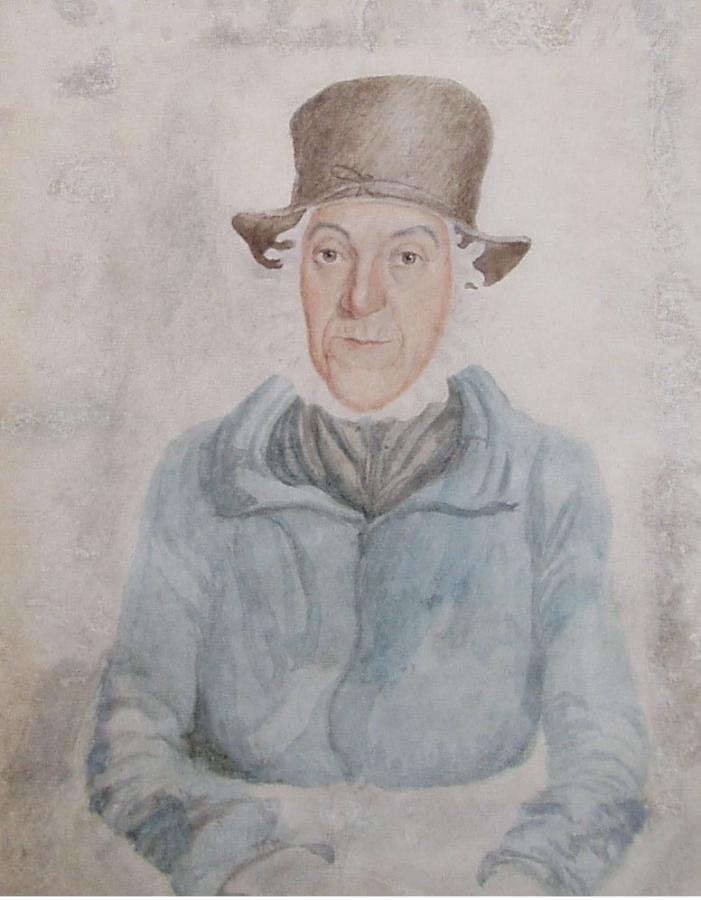
On 25 November 2018, ISWE was pleased to partner with Women’s Archive Wales and Carmarthenshire Antiquarian Society to host a conference at the National Botanic Garden of Wales focusing on the lives of women in the history of Welsh landed estates.
Women played a critical part in the social and cultural life of Wales’s landed estates. Through their familial roles and networks, and as landowners in their own right, heiresses, cultural patrons, domestic servants, tenants and agricultural labourers, women were central to the functioning of estates and country houses. They often exerted profound influences on the identities and fortunes of individual estates, and could play a significant role in shaping the nature of interactions between the country house, local communities and wider aspects of society. The extraordinary biographies and achievements of elite women such as Lady Llanover, the Davies sisters of Gregynog, Catrin of Berain and the ‘Ladies of Llangollen’ are increasingly recognised as important parts of the story of Wales. Similarly, the widespread interest in family history over the last decade has played its part in fostering a recognition of the lives of the thousands of women who were employed as domestic servants – maids, cooks, housekeepers, charwomen and wet nurses – within the county house setting. However, in general, the contributions made by women to the wide-ranging social, political, cultural and religious roles and impacts of estates in Wales have been severely overlooked by the established historiography, which tends to be dominated by portrayals of the patriarchal experience.
This one-day conference was set up to help redress the balance. Its objective was to establish a frame of reference for the next generation research into how the experiences of women can contribute towards a more comprehensive understanding of the history, culture and landscapes of Wales.
The conference formed part of a weekend celebration and exploration of the experiences and contributions of women on the Middleton Hall estate in Carmarthenshire, including the life of the suffragette Alice Abadam (1856-1940).
The programme included the following papers:
Session 1: Gender, Literature and Identity
- Dr. Mary Chadwick: Th’ Industrious Fair: Women and Wales in 18th century poetry.
- Prof. Kirsti Bohata: Poaching & Privilege: Landed gentry, class and gender in Welsh writing in English.
Session 2: Gardens, Landscapes and Collections
- Jennie Eyers: Penllergare – Plants and Prisms.
- Dr. Jean Reader: ‘Though a lady, her agricultural knowledge and practice far exceeds that of any man in the county’: an examination of the way in which Anne Evans ran the Highmead estate, Cardiganshire, in the late-18thcentury.
- Dr. Ffion Mair Jones: 'Virtuosa o'r wraig…': Arglwyddesau Môn fel casglwyr sbesimenau yn y ddeunawfed ganrif.
Session 3: Gentlewomen in Early Modern Wales
- Sadie Jarrett: ‘No stranger to her business’: Gentry women with agency on the Rhug and Bachymbyd estates.
- Helen Williams-Ellis: Catrin o Ferain: ‘Mam Cymru’.
Session 4: Reinterpreting Country houses and their Collections
- Heddwen Cadwallader & Rachel Hedge: ‘Petticoats of Power’: A celebration of the women of Llanerchaeron.
The conference had the impact of infusing ISWE’s research with the perspectives and personalities of women, and inspired several projects and initiatives, including an exhibition at Storiel focusing on the life and collections of Elizabeth Morgan of Henblas (coordinated by Mary Gwynedd Jones), close engagement with the activities of Women’s Archive Wales and our cataloguing project of the correspondence of Lady Augusta Mostyn.
